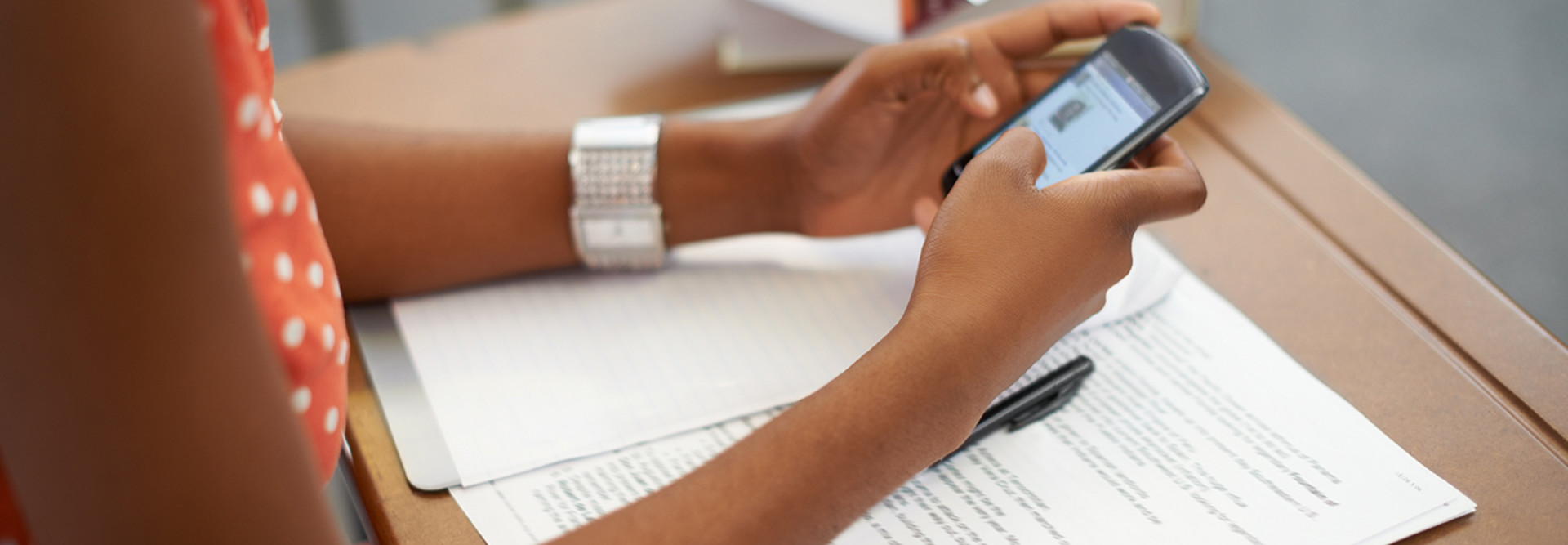McAfee Finds Teenagers Use Tech to Cheat in School
For K–12 schools, technologies in the classroom can expand access to innovative information and add layers of protection to the digital learning experience. But today’s digital native students might be so savvy with technology that they use it to break the rules.
About one-third of students aged 14 to 18 report they have gone around schools’ online safeguards to access banned content, and another 29 percent indicate that they’ve used digital tools to cheat in school, reports a new survey from security firm McAfee.
Roughly 62 percent of students say they’ve witnessed a friend using a connected device to cheat. eSchool News reports that the students surveyed say that using a mobile device to take a photo of notes or test answers is easy to do.
While these students are tech savvy, some educators believe that the students might not even be aware when their tech use counts as cheating.
“They share information because it’s just available to them,” says Joe Fuertsch, assistant principal at Eleanor Roosevelt High School in Calif., in a U.S. News and World Report article about the survey.
Fuertsch recommends that teachers have proactive conversations about cheating and plagiarism and where technology fits into that. Other teachers in the article suggest that educators regularly search the internet for new ways that students might be able to cheat on tests, and teachers should design tests that encourage critical thinking instead of a simple right or wrong answer.
When best practices can’t cut it, technology can help to thwart inappropriate tech use.
Technologies Ensure Proper Tech Use
Digital tools can be particularly effective in addressing attempts to access banned and inappropriate content.
GoGuardian, the company behind content-filtering apps that many schools use, released Admin 2.0, a new tool that applies machine learning to more efficiently flag content.
Using the updated content filter, administrators can set up personalized messages for students trying to access banned content. Instead of just putting up a blocked page, the tool gives students a “you know better” type of message, which has helped to limit the amount of explicit or inappropriate content accessed.
Cheating and accessing banned content aren’t the only cybersecurity issues that schools have to deal with when students become more technologically sophisticated. At Miami-Dade County Public Schools, students conducted repeated distributed denial of service attacks, which flooded schools’ networks with malicious traffic to stop the schools from issuing a standardized test.
The district tells EdTech that now it’s using more network monitoring tools and establishing rules on its routers, switches and firewalls to spurn this kind of bad traffic.









